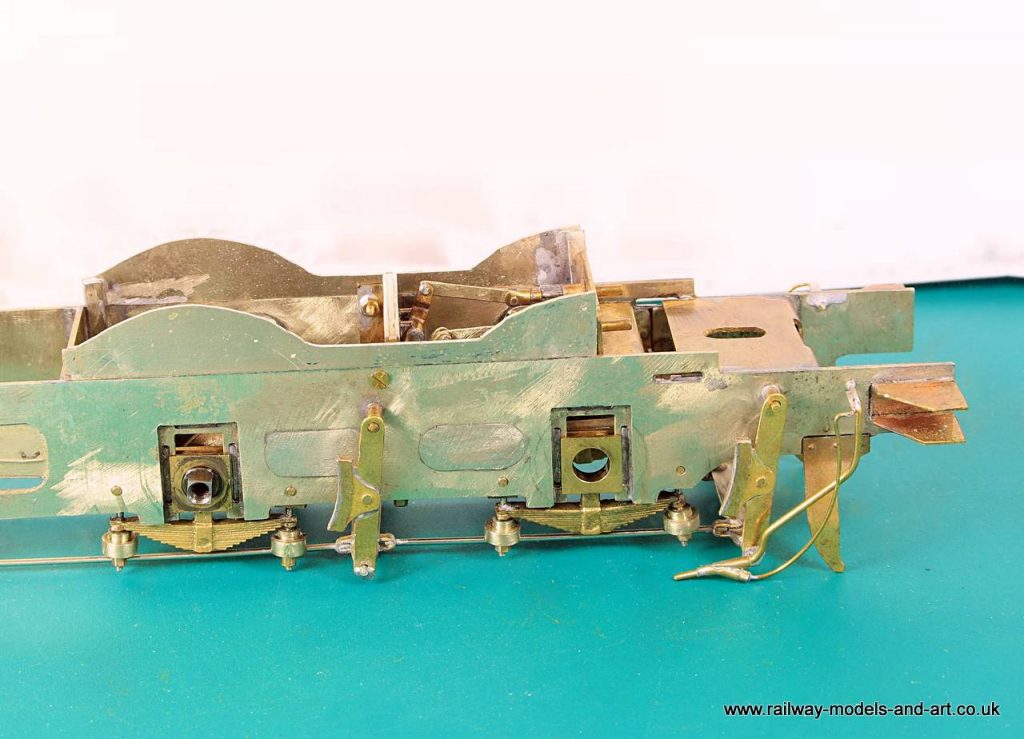Back to the Princess this week after moving the J6 along.
In the end I decided to take a bit more of the edges of the cylinders and then I fitted the covers. Before I did that I soldered the slide bars in place as I didn’t want the heat from soldering them in place to spring the cylinder covers loose. As it happens I had to adjust one of the slide bars as I hadn’t got it quite square and the cylinder covers are such a good fit that although the solder softened, they never moved. Something to aim for on future builds.


After fitting the slidebars I mated them up with the motion bracket and realised that once I join the two together them crossheads become captive so I need to do work on the motion next to ensure that all is well before I solder the slide bars to the motion bracket.
The first hiccup is a result of using extras to the kit. I used the David Andrews Slide bars and crossheads for the simulated inside motion because they don’t have as much details as the LG Miniatures versions. Now I come to fit the LG crossheads with the connecting rods which are replacements from Premier Components I find that the LG crossheads are different to those that I have used on other builds in so much as they have a slot in them rather than an open back. This means that I will have to mill the connecting rod ends to get them to fit in the slot.

A picture paints a thousand words as they say…





















